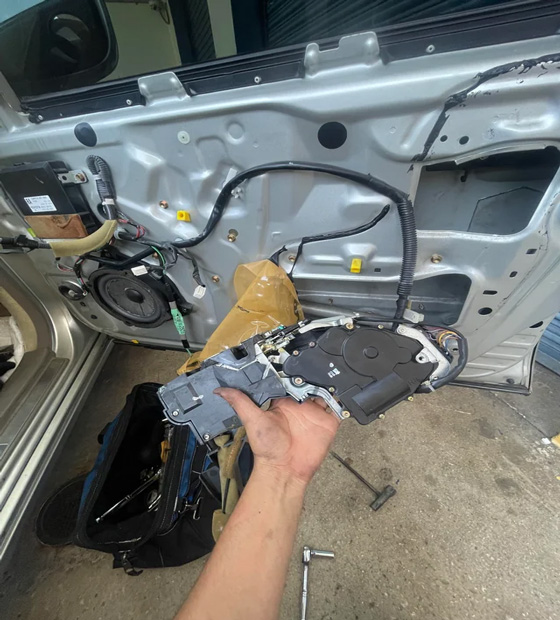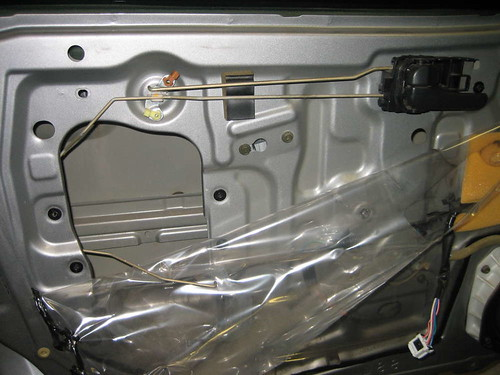In the realm of automotive maintenance, encountering issues with your Door Lock Actuator can be a frustrating experience. However, before rushing to the mechanic, consider the empowering option of DIY repairs. This guide provides simple and effective fixes for common Door Lock Actuator failures, ensuring your vehicle's security is restored without breaking the bank.

Door Lock Actuators are intricate components that can occasionally encounter glitches, leading to issues such as:
1.Unresponsive Locking/Unlocking: The actuator fails to engage, leaving your doors either stuck in a locked or unlocked position.
2.Strange Noises: Unusual sounds, such as grinding or clicking, may accompany the actuator's operation, indicating potential issues.
3.Inconsistent Operation: The actuator may work intermittently, causing inconvenience and compromising the security of your vehicle.
Issue: Unresponsive locking or unlocking.
Fix: Over time, dirt and debris can accumulate in the actuator's mechanisms, hindering its operation. Begin by inspecting the actuator for visible debris. Use a can of compressed air to clean the components, and then apply a silicone-based lubricant to ensure smooth movement.
Issue: Grinding or clicking sounds during operation.
Fix: The presence of foreign objects or worn-out internal components can lead to unusual noises. Carefully disassemble the door panel to access the actuator. Inspect for any foreign objects, and replace any damaged gears or components. Lubricate moving parts with a suitable grease to reduce friction.
Issue: Inconsistent operation.
Fix: Electrical issues can contribute to sporadic actuator performance. Inspect the wiring connections for signs of wear, corrosion, or loose connections. Secure any loose wires and repair or replace damaged ones. A multimeter can help identify electrical continuity issues.
Issue: Intermittent operation.
Fix: Perform a simple test by activating the actuator manually and observing its response. If the actuator still behaves inconsistently, a reset may be necessary. Disconnect the vehicle's battery for a few minutes and then reconnect it. This can often recalibrate the actuator and resolve intermittent issues.
While DIY repairs can be empowering, it's crucial to prioritize safety. Here are a few safety tips:
Disconnect the Battery: Before working on any electrical components, disconnect the vehicle's battery to prevent the risk of electrical shock.
Use Proper Tools: Ensure you have the right tools for the job, and follow proper safety procedures when working with them.
Refer to Manuals: Consult your vehicle's repair manual for specific instructions and safety guidelines.

DIY repairs for Door Lock Actuator issues offer a cost-effective and empowering solution for vehicle owners. By addressing common problems with a methodical approach, you can restore the functionality of your Door Lock Actuator and enhance the security of your vehicle. Remember to prioritize safety, and if the issue persists or seems complex, seeking professional assistance is always a viable option.
GET A QUOTE